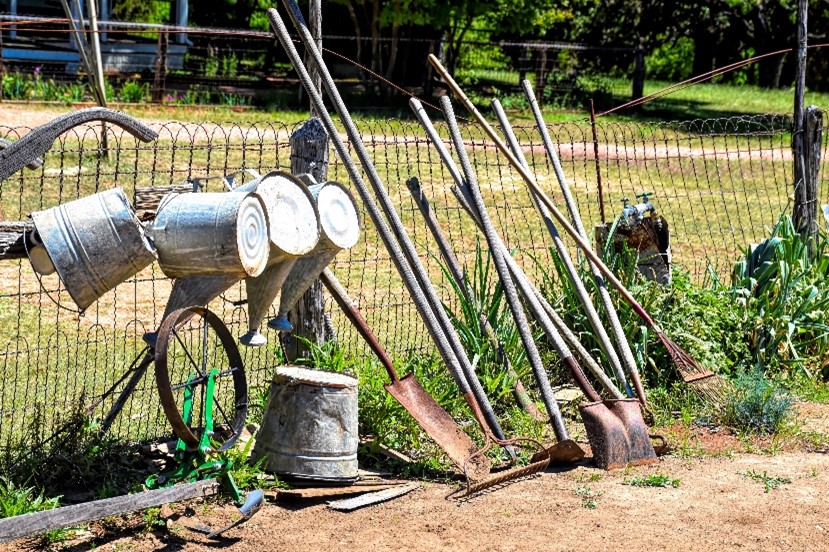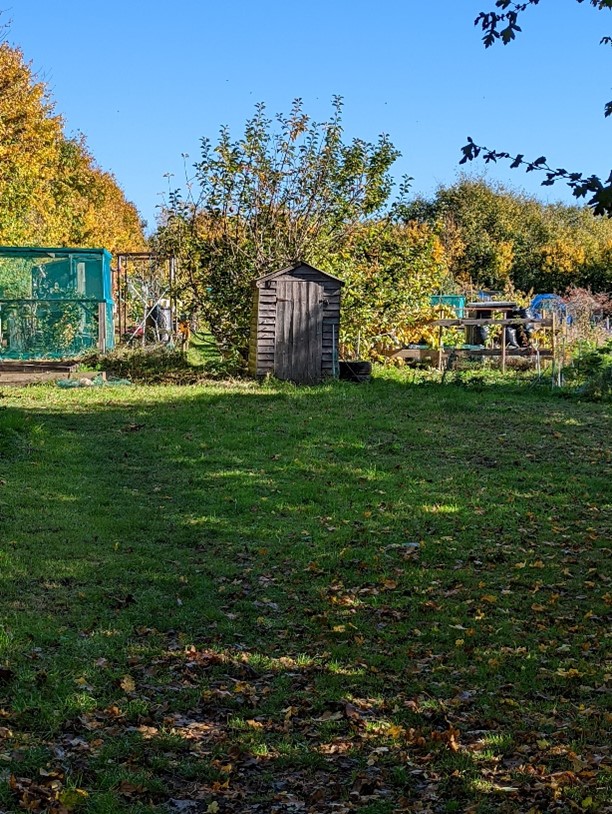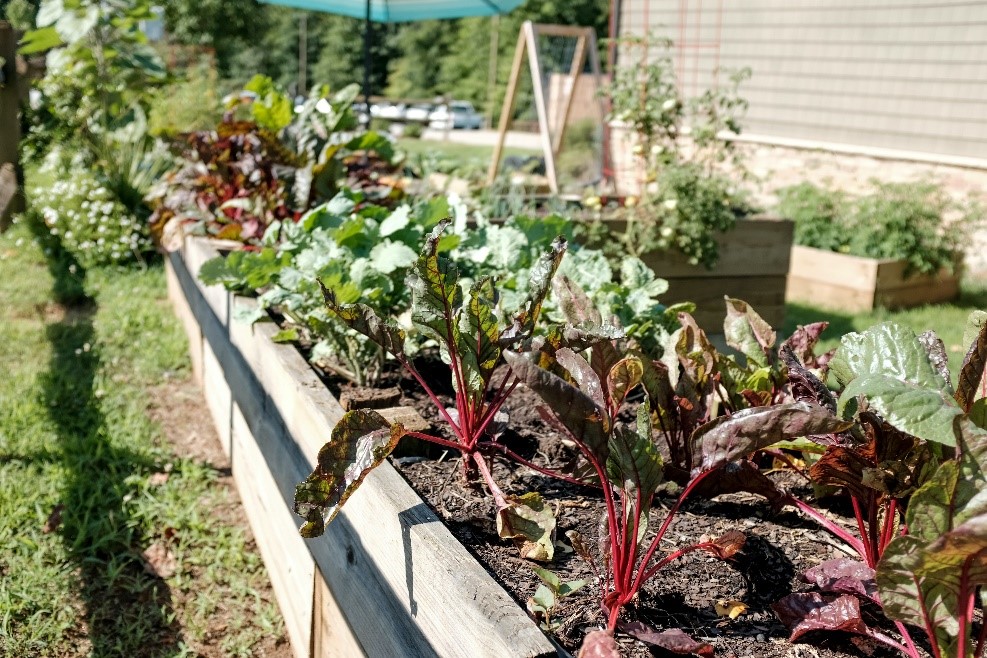Community Allotments

by Amanda Hayward
What would once conjure up images of ‘Last of the Summer wine’ and men wearing flat caps and smoking pipes, the allotment is now very much sought over with many councils holding long waiting lists for plots!
So how did the humble allotment rise in popularity?

According to The National Allotment Society https://www.nsalg.org.uk/allotment-info/brief-history-of-allotments/ allotments have been around for hundreds of years, with evidence even pointing back to Anglo-Saxon times.
By the Nineteenth Century, the labouring poor were given land for the provision of growing food, and so the allotment as we recognise it today was born. At the end of the First World War, land was made available for all and not just the labouring poor. Originally this was to allow returning service men to have some land to grow vegetables and fruit.
Legislation over the years has changed significantly and local authorities are now given the power to oversee the management and allocation of allotments within their districts. They are also required by law to maintain waiting lists and take reasonable steps to provide allotments should the waiting lists exceed certain trigger points. Allotments are available to all members of the public.
Another requirement for local authorities is to develop a food growing strategy for their area, which includes ‘identifying land that may be used as allotment sites and other areas of land that could be used by a community for the cultivation of vegetables, fruit, herbs or flowers’. https://www.nsalg.org.uk/allotment-info/brief-history-of-allotments/
When the Second World War broke out in 1939, food supplies being shipped to the UK came under target from the Germans and food was in short supply. Rationing was implemented, and the Government introduced a new campaign, ‘Dig For Victory’, which encouraged members of the public to transform their garden spaces into vegetable plots. They hoped they could replace imported food with local grown produce to help with the lack of food supplies.
It wasn’t just gardens that were being turned into allotments. Public parks and even the lawns outside the Tower of London were used to grow onions and all other kinds of vegetable and fruit. The Royal family even joined in, replacing many of the shrubs and bushes in the Royal gardens to rows of vegetables.

By 1945, Britain had almost 1.4 million allotments.
Today the concept of growing your own remains popular as ever. With soaring food costs and more awareness of environment changes, growing your own produce is an attractive option.
Growing your own food reduces your carbon footprint compared to shop bought produce, and organic vegetables benefit from not being sprayed by pesticides and other harmful chemicals.
Allotments also provide a great sense of community allowing holders to get to know likeminded people and to sell/donate produce they have gown to the community.
There is a growing awareness that gardening can play a role in helping with mental health and wellbeing, and also physical wellbeing.
With allotments becoming so sought after, it is no wonder that new housing developments are increasingly including areas that are allocated to either community allotments or community orchards.
With so many positive health, physical and environmental benefits, it looks like here in the UK we will continue our long love affair with the humble allotment!





